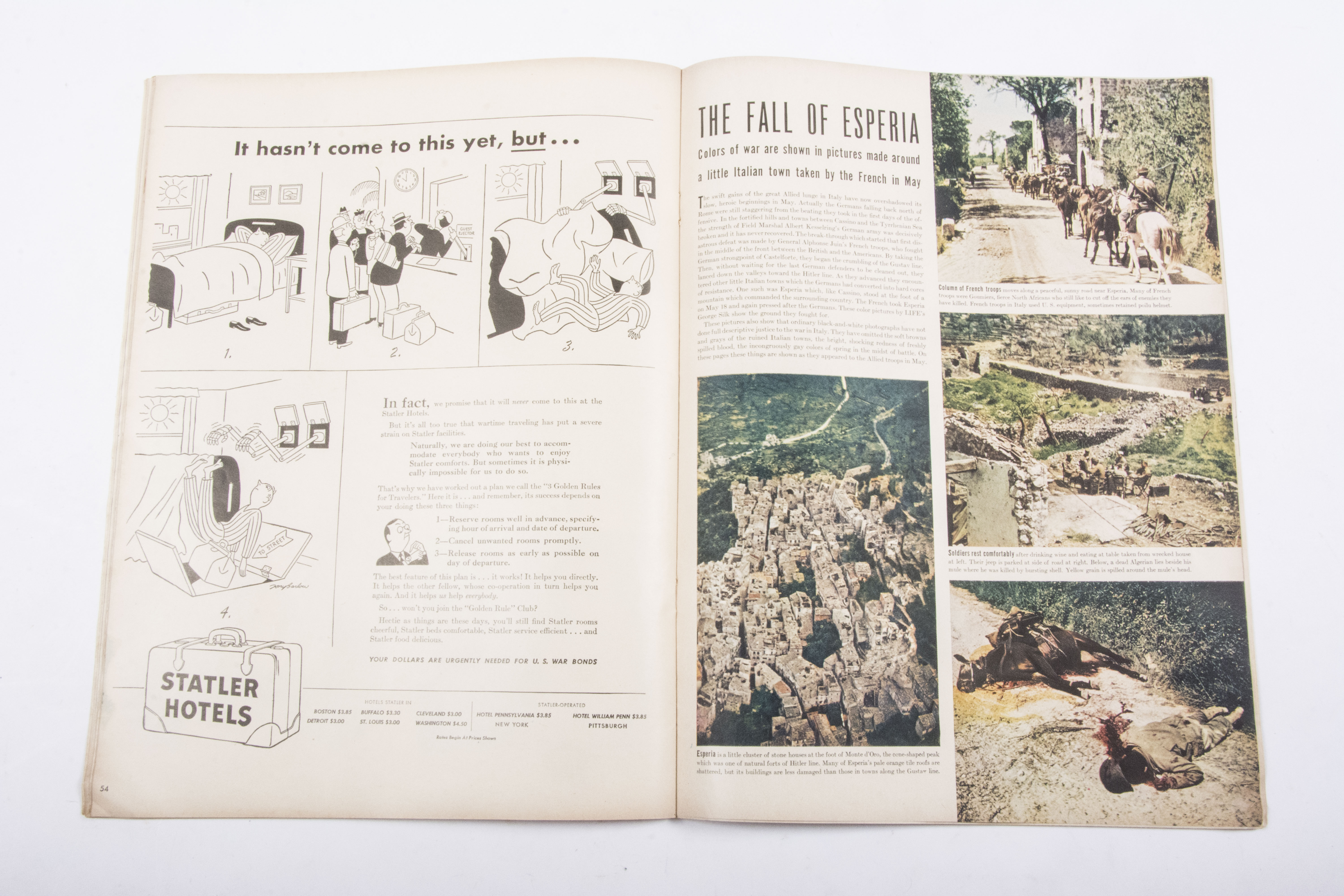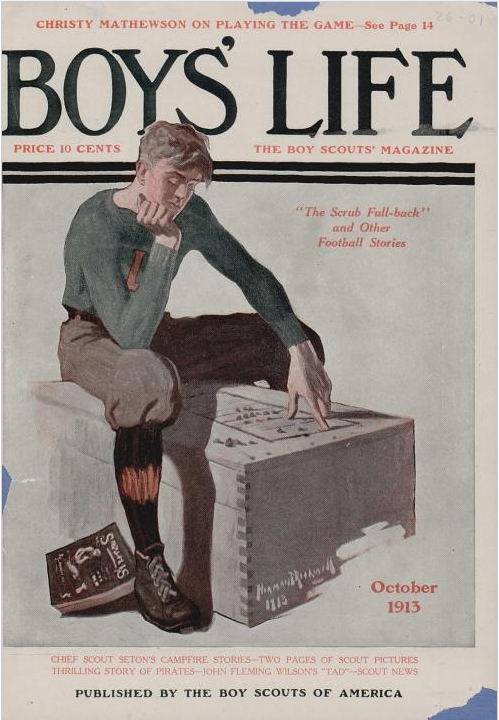
"Life" attracted an impressive literary roster too: John Kendrick Bangs, James Whitcomb Riley, and Brander Matthews all wrote for the magazine at the turn of the Century. Encouraged by a publisher who was also an artist, Gibson was joined in "Life’s" early days by such well-known illustrators as Palmer Cox (creator of the Brownie), A.

Three years after the magazine was founded, the Massachusetts native sold "Life" his first contribution for $4: a dog outside his kennel howling at the moon. Among the most important was Charles Dana Gibson. The magazine was a success and soon attracted the industry’s leading contributors. We shall have something to say about religion, about politics, fashion, society, literature, the stage, the stock exchange, and the police station, and we will speak out what is in our mind as fairly, as truthfully, and as decently as we know how.” “Life: Dead & Alive”, "Time", October 19, 1936.] We shall try to domesticate as much as possible of the casual cheerfulness that is drifting about in an unfriendly world. The motto of the first issue of "Life" was “While there’s Life, there’s hope.” The new magazine set forth its principles and policies to its readers: “We wish to have some fun in this paper. Edward Sandford Martin was brought on as "Life’s" first literary editor the recent Harvard graduate was a founder of the " Harvard Lampoon."
This edge helped because "Life" faced stiff competition from the bestselling humor magazines " Judge" and "Puck", which were already established and successful. Mitchell took advantage of a revolutionary new printing process using zinc-coated plates, which improved the reproduction of his illustrations and artwork. Mitchell created the first "Life" nameplate with cupids as mascots he later drew its masthead of a knight leveling his lance at the posterior of a fleeing devil. The founding publisher was John Ames Mitchell, a 37-year old illustrator, who used a $10,000 inheritance to launch the weekly magazine. "Life" was born January 4, 1883, in a New York City artist's studio at 1155 Broadway. The brand name continues on the Internet.

Since 1972, "Life" has twice ceased publication and resumed in a different form, before ceasing once again with the issue dated April 20, 2007. "Life" was wildly successful for two generations before its prestige was diminished by economics and changing tastes. Luce purchased the rights to the name from the publishers of the first "Life" but sold its subscription list and features to another magazine there was no editorial continuity between the two publications. The magazine's place in the history of photojournalism is considered its most important contribution to publishing. Perhaps one of the best-known pictures printed in the magazine was Alfred Eisenstaedt’s shot of a nurse in a sailor’s arms, snapped on August 27, 1945, as they celebrated Victory Over Japan Day in New York City. Douglas MacArthur all serialized their memoirs in its pages. The magazine sold more than 13.5 million copies a week at one point and was so popular that President Harry S. news magazine and dominated the market for more than forty years. The Luce "Life" was the first all-photography U.S. During its later years, this magazine offered brief capsule reviews (similar to those in " The New Yorker") of plays and movies currently running in New York City, but with the innovative touch of a colored typographic bullet appended to each review, resembling a traffic light: green for a positive review, red for a negative one, amber for mixed notices. The "Life" founded in 1883 was similar to " Puck", and published for 53 years as a general-interest light entertainment magazine, heavy on illustrations, jokes, and social commentary, and featured some of the greatest writers, editors and cartoonists of its era, including Charles Dana Gibson, Norman Rockwell, and Harry Oliver. *A weekly newspaper supplement from 2004 to 2007 was put out by Time and included in some newspapers in the U.S. "Life" appeared as a weekly until 1972, as an intermittent "special" until 1978 a monthly from 1978 to 2000. *A publication created by Henry Luce in 1936, with a strong emphasis on photojournalism. "Time" founder Henry Luce bought all rights to this magazine solely so that he could acquire the rights to its name.

*A humor and general interest magazine published from 1883 to 1936. "Life" generally refers to three American magazines:


 0 kommentar(er)
0 kommentar(er)
